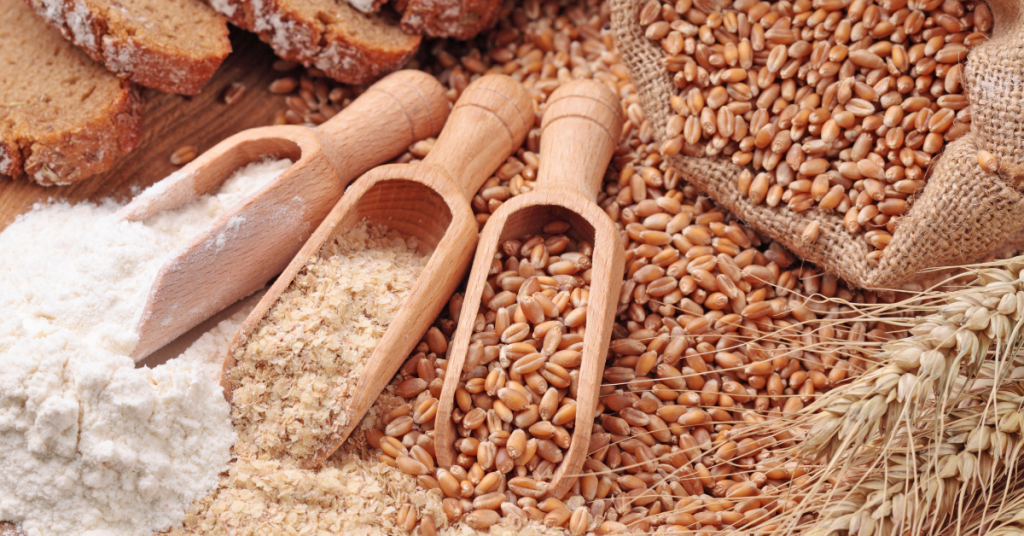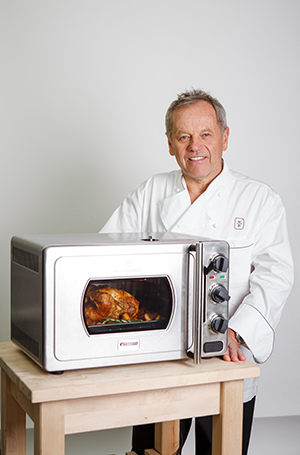From the Egyptians to the Romans, flour has been a staple ingredient in the diet of many cultures, and today, it continues to be an essential part of our kitchens. But where does flour come from? How did it become so widespread? These are the questions that Pure Flour From Europe created a project supported by ITALMOPA (the Italian Milling Industry Association) and co-funded by the European Union, seeking to find the answers. This initiative promotes the consumption and export of organic soft wheat and durum wheat flours and semolina from Europe to the USA and Canada, while also sharing the rich history behind these everyday ingredients.
The Origins of Flour
The invention of flour is a story with deep roots, going back thousands of years. According to recent discoveries, the first flour was made 30,000 years ago, and the first bread was a simple flatbread baked on stones. Archaeologists have even found evidence of this early bread in Tuscany, Italy. Before this discovery, historians believed humans learned to make flour around 18,000 years ago.
Interestingly, early uses of flour predate even modern humans. Research shows that Neanderthals consumed a type of bread rich in carbohydrates, offering an efficient and portable food source. While many people assume the cultivation of cereals began in the Middle East, some sources suggest that Europe played a key role in developing these essential crops.
Flour and Language: Where Words Meet Food
The word “flour” has an ancient origin. It comes from the Latin word “farina,” which traces back to “far” or “farro,” the Italian term for spelt, a grain used by the ancient Romans. They turned it into a flour that formed the base of “puls,” a type of porridge that was a precursor to modern bread. Puls was a staple food for centuries before bread took center stage.
When Europeans made contact with the Americas, they encountered corn, which would later become the key ingredient in polenta. This dish is a descendant of the Roman puls and remains a popular part of Italian cuisine today.
What About Cereal?
The term “cereal” comes from Ceres, the Roman goddess of agriculture, and encompasses a wide variety of grains, including wheat, rice, corn, barley, oats, and rye. These plants are vital to the world’s food supply and have been cultivated for millennia. Though most cereals come from the Poaceae family, others like buckwheat and quinoa also fall under the cereal category due to their usage in food production.
Flour Types and Their Uses
In Italy, flour production is strictly regulated, with five types of soft wheat flour and three types of durum wheat flour available. The soft wheat varieties range from 00 (the finest) to wholemeal (the coarsest), while durum wheat is typically used for semolina and pasta. Mills often blend different varieties of wheat to create flours with specific properties, but single-variety flours like spelt are also available.
Among these, soft wheat flour is the most commonly used. It’s versatile and ideal for a wide range of dishes, including bread, pizza, and focaccia. Wheat, both soft and durum, belongs to the Gramineae family, recognized by its spikelets. Along with rice, wheat is one of the most cultivated crops globally, forming the backbone of many diets around the world.
Pure Flour From Europe: Promoting Organic Excellence
Today, Pure Flour From Europe is working to bring this rich history and tradition of flour to the forefront. By promoting the export of organic European flours and semolina to the USA and Canada, the initiative seeks to highlight the quality and heritage of these essential ingredients. Whether it’s soft wheat for your morning toast or durum wheat semolina for your pasta, *Pure Flour From Europe* connects consumers with products that have stood the test of time, while maintaining high standards of organic farming and milling.
In the end, the history of flour is as rich as the loaves it helps create. From ancient discoveries to modern initiatives like Pure Flour From Europe, this essential ingredient continues to shape the way we eat, one meal at a time.








